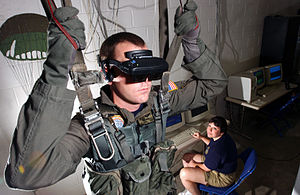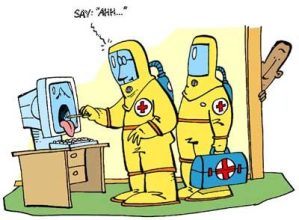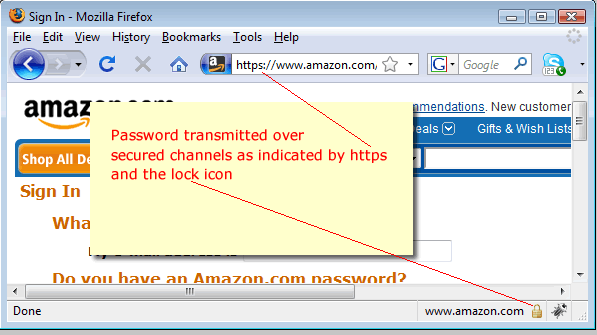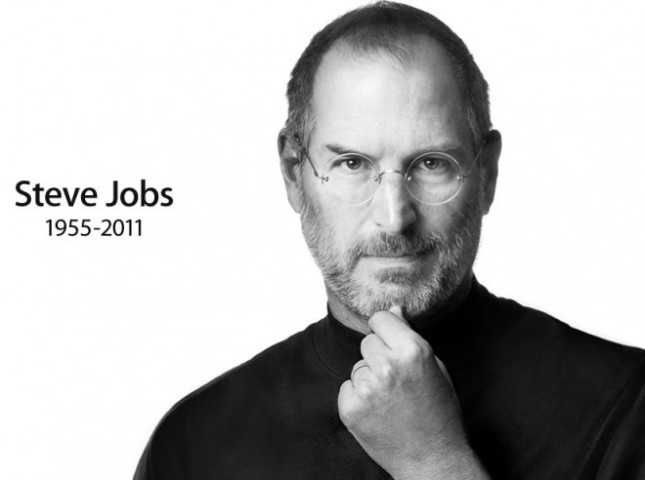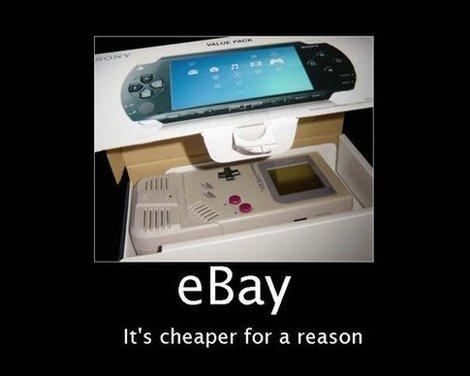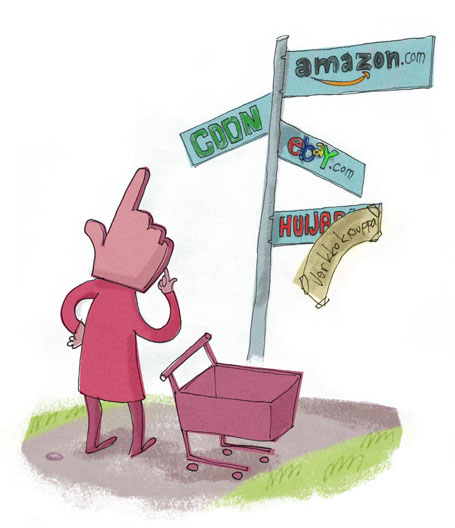Many believe new media acts as a catalyst in the gradually declining popularity of traditional print media. The traditional media is usually a one way communication process, allowing next to no feedback from consumers. New media, on the other hand, offers opportunities for debate thanks to Web 2.0. New media has also given rise to a new form of journalism, one that circumvents the red tape or processes that traditional media is subjected to, known as citizen journalism.
Technology has advanced to a level where mere cellphones nowadays play a myriad of roles, serving as a camera and communication device in one convenient package. With all the equipment of a amateur journalist at one’s fingertips, it becomes a simply matter for one who is in the right place at the right time to snap a picture  and upload it on the Internet together with a short write up detailing the events captured in the photograph. The ease of which we can connect to social media networks is astounding, given the widespread availability of WiFi hotspots and also mobile data plans. Thus, it has become second nature for us to log on to the Internet to get our daily news fix, be it through social media sites or news portals like Stomp.
and upload it on the Internet together with a short write up detailing the events captured in the photograph. The ease of which we can connect to social media networks is astounding, given the widespread availability of WiFi hotspots and also mobile data plans. Thus, it has become second nature for us to log on to the Internet to get our daily news fix, be it through social media sites or news portals like Stomp.
Let’s face it, we’re living in the age where citizen journalism has begun to flourish. The average bystander that happens to be at the scene of a newsworthy event is best placed to record and publish the details. Waiting for the media reporters, however fast they may be, is out of the question as they may arrive far too late to receive  the full scope of what has just happen. The death of Iranian protestor Neda Agha Soltan would have lost much of its impact had it not been for footage recorded by bystanders; Iranian media, being state controlled, was not likely to have reported on Soltan’s death. Shot while on her way to protest the results of the 2009 Iranian Presidential Election, her death was filmed by a number of bystanders that happened to be in the area, the videos detailing the immediate aftermath of the shooting. They quickly went viral, capturing the attention of international news agencies and eventually becoming a rallying point for the opposition towards the results of the 2009 elections. Today, Soltan’s is seen by many in Iran as a martyr, her death suggested to be the most viewed death in history by Time reporter Krista Mahr. All this was made possible by, yes, citizen journalism.
the full scope of what has just happen. The death of Iranian protestor Neda Agha Soltan would have lost much of its impact had it not been for footage recorded by bystanders; Iranian media, being state controlled, was not likely to have reported on Soltan’s death. Shot while on her way to protest the results of the 2009 Iranian Presidential Election, her death was filmed by a number of bystanders that happened to be in the area, the videos detailing the immediate aftermath of the shooting. They quickly went viral, capturing the attention of international news agencies and eventually becoming a rallying point for the opposition towards the results of the 2009 elections. Today, Soltan’s is seen by many in Iran as a martyr, her death suggested to be the most viewed death in history by Time reporter Krista Mahr. All this was made possible by, yes, citizen journalism.
Citizen journalism has another major advantage over traditional media. It can go where the press cannot. In 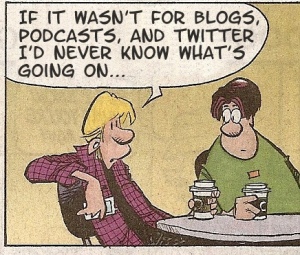 places like war zones or where the international press has limited access to, citizen journalism may be the only source of information available. The Libyan revolution is a prime example of this. Many accounts of the early days of the revolution against now deceased Libyan strongman Muammar Gaddafi were all due to citizen journalism. There wasn’t an independent press in Libya and the international press was denied entry to the country. A report by allAfrica states that while the rest of the world was under the impression that Gaddafi had the upper hand, citizen reports painting an entirely different picture of the situation trickling out via social media within Libya, depicting activists taking control of towns and putting up considerable resistance against Gaddafi’s men.
places like war zones or where the international press has limited access to, citizen journalism may be the only source of information available. The Libyan revolution is a prime example of this. Many accounts of the early days of the revolution against now deceased Libyan strongman Muammar Gaddafi were all due to citizen journalism. There wasn’t an independent press in Libya and the international press was denied entry to the country. A report by allAfrica states that while the rest of the world was under the impression that Gaddafi had the upper hand, citizen reports painting an entirely different picture of the situation trickling out via social media within Libya, depicting activists taking control of towns and putting up considerable resistance against Gaddafi’s men.
The main advantage and disadvantage are one and the same; anybody can be a citizen journalism. For all the advantages citizen journalism has to offer, it also poses several issues that must be dealt with with all due haste. Due to the nature of the sources, the credibility of information from citizen journalists may sometimes be in question. In the thick of the action, it may also be difficult to get the full picture of what is going on, and what we may see is merely one side of the coin. Furthermore, unlike professional journalists which are bound by their duty to approach issues from a neutral standpoint and conduct investigations to evaluate their story, citizen journalists are under no such boundaries. Thus, information may be written from a skewed perspective or worst, incorrect altogether. Especially in places like war zones, it has been shown chaotic environments can contribute to confusion that provides an incomplete picture of current events, which can then only be cleared up by professional reporters who can then compare information obtained by parties on both sides of the conflict.
Citizen journalism has changed the face of media indeed. Although traditional news media may be feeling the pain brought on by citizen journalism, there is still a long way to go before old media can be replaced entirely. While the credibility of information is in question, it is unlikely the majority would take it at face value. Stories may have been picked up and started upon by citizen journalists, but the main body and conclusion of events are taken up by professional news agencies. Saying thus, it would be interesting to see what professional journalists working together with the public would be able to achieve.







